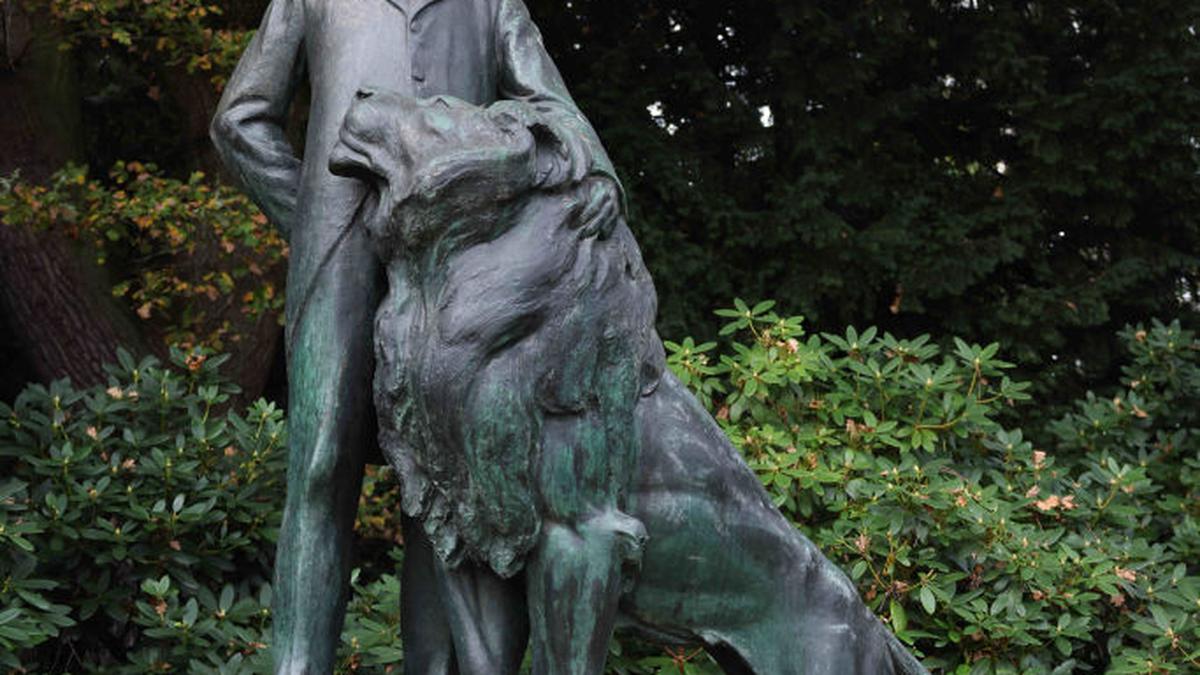A molecular biologist from Madurai, our quizmaster enjoys trivia and music, and is working on a rock ballad called ‘Coffee is a Drink, Kaapi is an Emotion’. @bertyashley
Quiz | Easy like Sunday morning: on the circus
A bronze statue of animal trainer and trader Carl Hagenbeck at Hagenbeck Zoo in Hamburg, Germany. What did he innovate that is in use in zoos even today?
1 / 10 |
Born on January 8, 1742, Philip Astley, during his service for the army, discovered he had a skill for horse riding. He decided to show off his acrobatic skills to the public, and to amuse the audience between his tricks he hired a clown. Soon he added jugglers, gymnasts and dancing dogs. This led to him being labelled as the ‘Father’ of what entertainment sector?
2 / 10 |
J. Purdy Brown was the first to realise that by moving his circus every day he could reach more people and hence make more money. So in 1825, he ordered huge amounts of canvas with which he designed and made popular something which we all now immediately identify with a circus. What did Brown bring to the circus?
3 / 10 |
Isaac Amburgh used to work as a cage-cleaner at the New York Zoo. He was the first person to train wild animals for acts and the first person on record to have done the stunt of putting his head into the jaws of a wild cat. Thanks to his excellent control of these cats, what name was he bestowed which should remind you of a Disney film?
4 / 10 |
India’s Prevention of Cruelty to Animals Act banned all domestic and wild animal entertainment except one. Only in 2009 did the Central Zoo Authority (CZA) decree that these animals may no longer be exhibited by circuses. Which animal is this, which was used to give rides to children?
5 / 10 |
On June 26, 1865, this elephant which had been captured in Sudan was brought to London Zoo. Its huge size drew in a huge audience and when it was sold a few years later to Barnum & Bailey Circus, there was a citywide protest. The elephant’s name soon became linked to anything that is huge. What was the name of the elephant?
6 / 10 |
Cirque du Soleil (Circus of the Sun) was started by two former street performers in 1984. Differing from the classic circuses then, this had a theatrical, character-driven approach and there were no performing animals. By 2017, the circus employed 4,900 performers from 50 countries and was worth over a billion dollars. This has led the Cirque du Soleil to have what world record?
7 / 10 |
One of the most popular stuntmen were the ‘leapers’ — performers who could jump over 10 horses, over balloons or a stagecoach. The secret was a device invented in the 1940s which could propel the performer while staying hidden under the platform. What was this device that is now a popular toy?
8 / 10 |
When a circus came to town, there was one particular method of publicity that they relied on heavily. This was such a huge business that at one time Strobridge Lithographing was a company that specialised only in this. Till today one can immediately identify these because of the colours and fonts. What item of publicity is this?
9 / 10 |
Carl Hagenbeck was an exotic animal dealer who was one of the first to show reindeer to American audiences. Unlike other trainers, he believed that animals responded better to kindness and positive reinforcement rather than whips. He opened a park in Germany in 1907 where he was the first to not use cages or bars to separate wild cats from visitors. What did he innovate, which zoos nowadays all use?
10 / 10 |
Jules Léotard was a French gymnast who, as a baby, was apparently suspended from a bar, which helped calm him down. His skills in the air were unmatched at the time and he developed an act where he would swing from one rope to another in the local gymnasium. A circus hired him, where he and his outfit (which now bears his name) became famous. What act did he invent?









